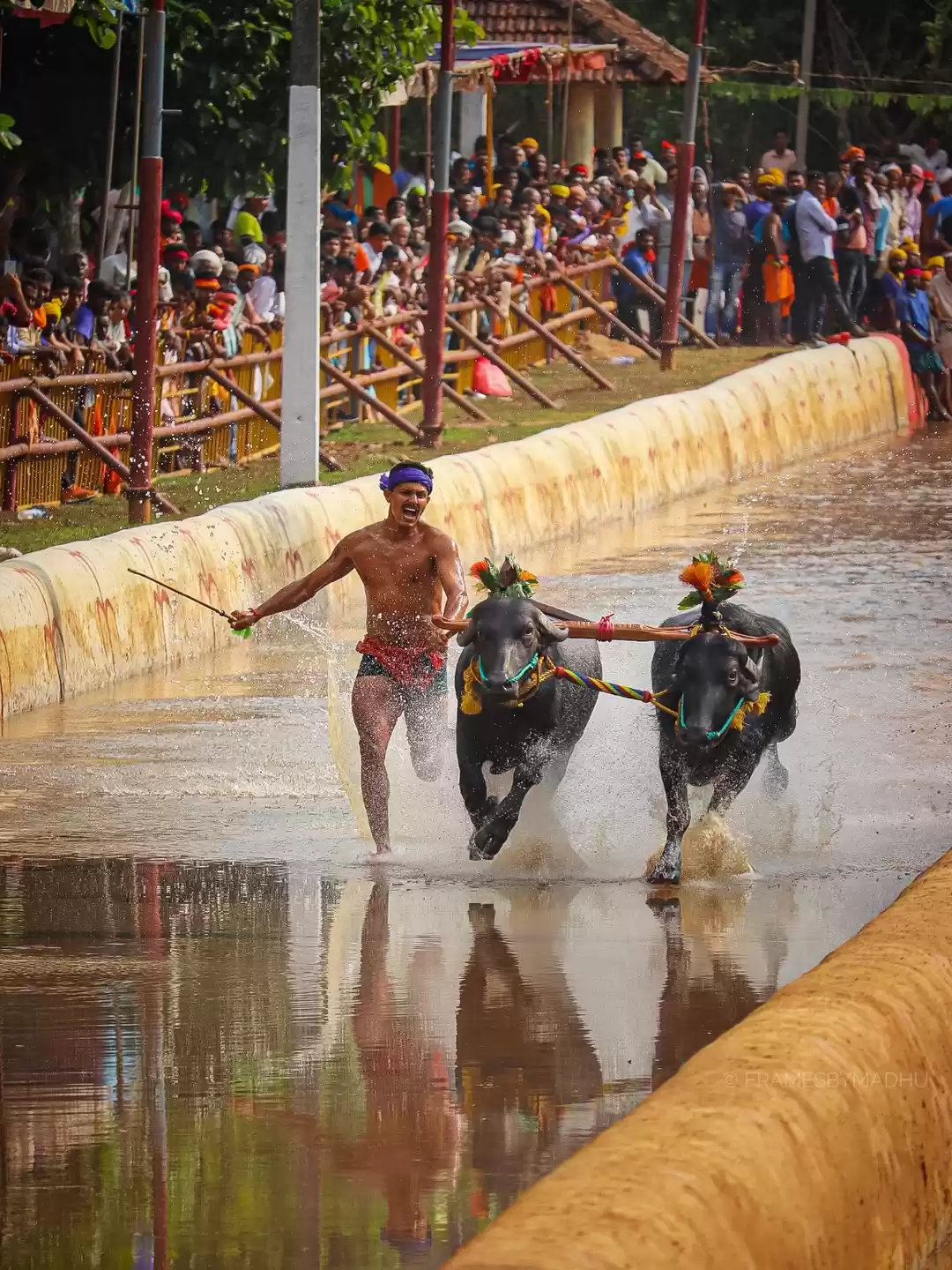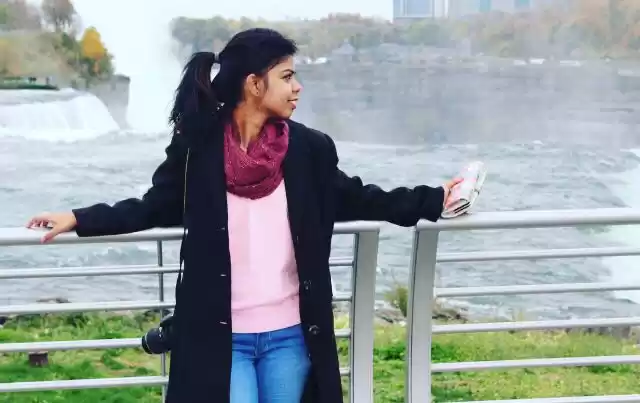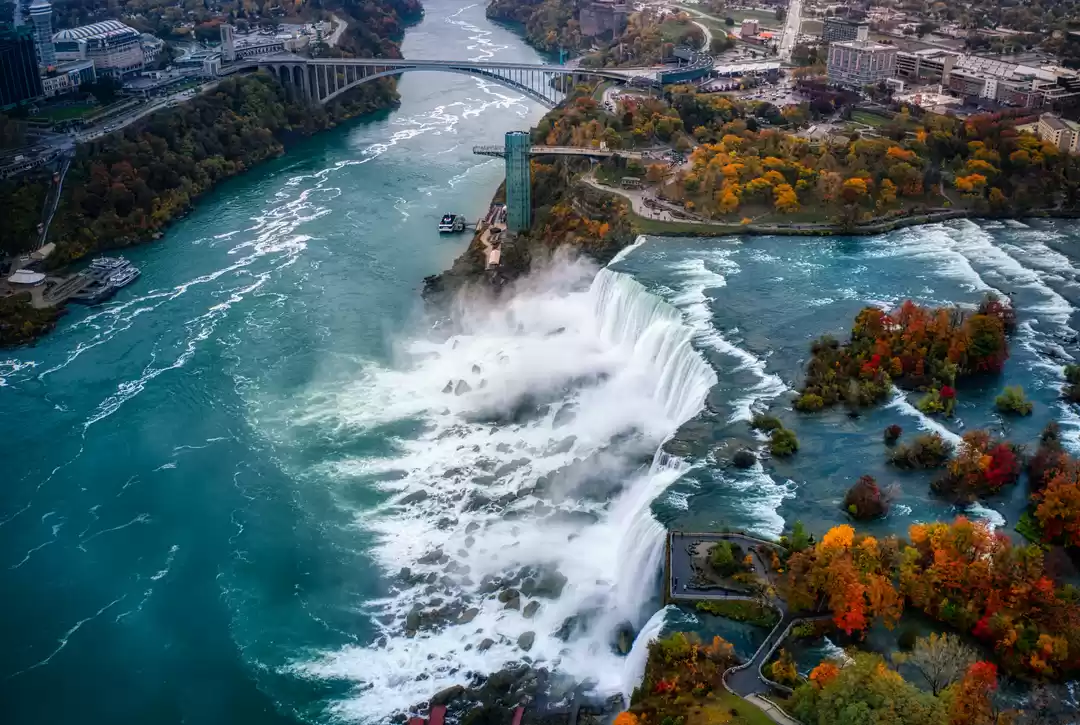










“Mgahinga is my favourite place in the whole of Uganda!” my friend Julia told me once, yet I’m amazed at how few people talk about the place: I fell for Mgahinga too! It’s perfect for a weekend break from Kampala or Kigali, for: volcano climbing, hiking, walking, bird watching, Golden Monkey trekking, traditional Batwa dancing and culture – and a smart, homely lodge.
Our journey to the volcanoes started with a morning flight with Aerolink from Entebbe.
The sound of drumming … a girl singing next to the river behind my banda … birdsong in the green, lush gardens … Mount Gahinga Lodge was just what I needed
From the tiny Kisoro airstrip, our Volcanoes Safaris driver Sam took us on the one hour drive to Mount Gahinga Lodge. He pointed out the gahinga, piles of volcanic rock, dug out of the gardens, on sale in neat piles at the side of the road. We peered up at the volcanoes of the weather-battered Mount Sabinyo ‘Old Man’s Tooth’ and the distinctive Mount Muhuvura, ‘the Guide.’
Mount Gahinga Lodge is located on the edge of Mgahinga Gorilla National Park (MGNP), Uganda’s smallest national park, part of the Virunga Conservation Area that links with national parks in Rwanda and the Democratic Republic of Congo.
Hot chocolate and the friendliest staff welcomed us at Mt Gahinga for a late breakfast: a plate of mixed fruit, followed by a variety of cooked breakfasts, freshly baked bread and local honey. The excellent coffee is produced at Volcanoes Safaris’ sister Lodge in Kyambura Gorge, Queen Elizabeth National Park.
Luckily, we had a variety of physical activities lined up for us to justify the already bulging waistlines!
Mgahinga is an inspiring location and a great base if you’re a hiker or walker. On day one, we hiked across cool, undulating countryside between fields of potatoes in delicate purple flower. Herbert, Volcanoes Safaris Partnership Trust Project Manager, pointed to the boundary of Mgahinga National Park; the ‘Buffalo wall’ that keeps the occasional four-legged intruder from damaging the farmers’ crops; and then showed us the Congo, on a distant horizon. As we walked, Herbert told us about the traditional life of the Batwa ‘pygmy’ people, previous inhabitants of the Forest.
With minutes to spare, we arrived back at the Lodge, just as it started to rain. Luck was to be the mainstay of our trip. Tea, Silverback biscuits and crunchy caramelised nuts kept hunger at bay until dinner time as we snuggled inside the Lodge around an open fire.
Outdoor activities off the agenda, I opted for Mount Gahinga Lodge’s complimentary massage in a cosy cabin in the grounds of the Lodge. The sound of the coals fizzing on the charcoal stove and the stream next to the cabin sent me into a lazy stupor.
Back in the living room, we sat around the now roaring fire for the first gin and tonic of the evening. Scrumptious three course evening meals included hearty soups and the best Tilapia I’ve eaten in a long time, served with fragrant rice and stir-fried vegetables. Another option was chicken and peanut sauce on a skewer, all followed by home-made apple crumble and custard. Oh yum!
Bang on 7.15 the next morning, just as my alarm went off, there was a gentle tap on the door and a friendly voice announced the arrival of morning tea.
“Can I open the shutters for you?” He asked.
I jumped back into bed with tea. Note to self: on my next visit, I shall dedicate a whole day to just sitting in bed, drinking tea and reading.
The trek to see the playful Golden Monkeys, one of Africa’s rarest primates, on day two was a highlight of our trip. Our excellent UWA guide Benjamin really added to the experience. “Golden Monkeys fear Crowned Eagles” he told us. “When the monkeys hear them, they come down from the trees to hide.”
As with trekking the mountain gorillas, the Uganda Wildlife Authority constantly monitor the whereabouts of the Golden Monkeys, so the chances of seeing them are very high.
The hike to find the monkeys, through the bamboo forest, was just as much fun as seeing the primates themselves. The sightings of a shy Bushbuck and a sleepy Buffalo were unexpected bonuses. (Even our guide was surprised at our luck). We even found a tortoise too!
Make sure to wear gaiters (which Mount Gahinga Lodge are happy to lend you) – or at least tuck your trousers inside long socks. (Even so, it’s not 100% guarantee that you’ll keep those tenacious Safari Ants out… )
The lodge’s Batwa Heritage Trail was fascinating and gave us a glimpse into this traditional culture.
According to Batwa tradition, when an ancestor was ambushed and trampled by a buffalo during a hunt, the Batwa would immediately move on. After burying the body in the hut, muhanga ‘the mother of all herbs’ and umunanira leaves were picked from the Forest “to make a juice that was taken and the husks thrown behind the hut.” With the bad omens left behind, the hut would then be demolished and the Batwa nomads would move on to make another home elsewhere in the forest.
Batwa community leader Steve, invited us to use his bow and arrow. The Muzungu failed miserably in my attempt to hit the target.
Back at Mgahinga Lodge, Margie ‘the Pied Piper’ led an ensemble of more than a dozen harmonica players. It was quite a show
The Batwa dancers perform at the Lodge, several times a week. In addition, every Wednesday, they do a free performance for the community. Herbert told us how this weekly show has really helped build relationships between the Batwa and the Bafumbira, the other tribe in the village.
About Mount Gahinga Lodge
Fragrant Eucalyptus permeated my Banda bedroom Nyiragongo, named after a volcano in the Congo that last erupted in 2002, destroying almost half of the city of Goma. (Hopefully nothing so dramatic was to happen in my name’s sake banda!)
The fire had been lit when I returned to my Banda in the evening. Even better, the staff had secreted two hot water bottles into my bed under the layers of thick blankets What a treat! (Nights can be cold at Mgahinga).
Six of the nine volcanic stone banda bedrooms have recently been refurbished. Based on the design of a Traditional Batwa hut, each has its own colour scheme. Mine was a bright turquoise with matching, beautifully made, Ugandan and Rwandese craft accessories. Mount Gahinga is an eco-lodge run on solar power, but I still enjoyed two hot showers.
The Lodge offers free Wi-Fi, but the remote location of the lodge means you can’t rely on it too much. The Muzungu’s advice? Leave the laptop at home, enjoy some solitude or enjoy a sundowner around the open fire in the living room.
Prices are all inclusive (three cooked meals a day plus, afternoon tea / coffee and biscuits, all alcoholic drinks and a variety of community-based activities).
New friends, fantastic food and three activity packed days – made it hard to leave Mount Gahinga Lodge.
The friendly, attentive staff really made us feel welcome.
Mount Gahinga Lodge is a great weekend retreat. Next time I go, I plan to climb Mount Sabinyo!
Activities from Mount Gahinga Lodge
The below are all included in the price of an overnight stay at the Lodge
Complimentary massage.
Birding / bird watching. Planting around the Lodge is natural, encouraging a wide variety of bird species. Streaky Seedeaters are commonly seen in the garden. The park is full of spectacular bird life, including a wide range of Afro-montane endemic species, such as: the scarlet-tufted malachite sunbird, Langdon’s bush-shrike, African hill babbler, dusky crimson wing and the Rwenzori Turaco.
Traditional dance performance by the Batwa community (supported by Volcanoes Safaris Partnership Trust).
Batwa community Heritage Walk (supported by Volcanoes Safaris Partnership Trust).
Community / scenic Walk. Mount Gahinga Lodge staff are very happy to take you on a walk through the Bafanbila villages. Learn how local baskets are made, watch a performance by a traditional harpist, visit an iron-smith, climb a caldera, enjoy the scenery and visit a local school. This stroll takes about 3 to 4 hours, although the route is not fixed.
Additional activities from Mount Gahinga Lodge
Hike one of the three nearby volcanoes:
Mt. Gahinga (3,474m) is the least challenging climb of the three volcanoes on the Ugandan side. The round trip takes of 7 hours passes through farmland, bamboo and swamp up to the old crater.
Mt. Sabinyo (3,634m) is the second toughest of the three volcanoes. The reward for the steep climb is a chance to summit three countries simultaneously: Uganda, Rwanda and the DR Congo meet on the peak. This is a round trip of 9 hours.
Mt. Muhuvura (4,127m). Climbing the distinct cone shape of ‘the Guide’ is the most demanding. Although not technically demanding, it can nevertheless be tough, sometimes cold and muddy. The round hike takes between eight and 10 hours but the ascent is well worth it, for the dramatic changes in vegetation, a chance to swim in a crater lake and breathtaking views as far north as the Rwenzori Mountains.
Gorilla trekking in Mgahinga is not guaranteed since there is only one habituated gorilla family, Nyakagezi, in the area, and they often move between the two countries. Unlike gorilla trekking in the rest of Uganda or Rwanda (that requires bookings several months in advance), gorilla trekking in Mgahinga relies on last-minute bookings. If you are interested in tracking the gorillas in Mgahinga, contact the Muzungu or the Uganda Wildlife Authority.
Ecotourism is a word that’s often used but very few lodges deserve the title. Volcanoes really deliver. Investments such as solar energy, rainwater harvesting, and low Flushing eco-toilets are just some of the environmentally friendly lodge features. The Volcanoes Safaris Partnership Trust supports activities that enhance the livelihood of local communities and in turn support the survival of the great apes. “We believe (carefully controlled) ecotourism is essential to the survival of the great apes and that local people need to earn a livelihood if they are to appreciate the importance of protecting our closest primate relatives and their habitats.”Volcanoes Safaris Ltd donate $100 to the VSPT from every full cost safari purchased.

























